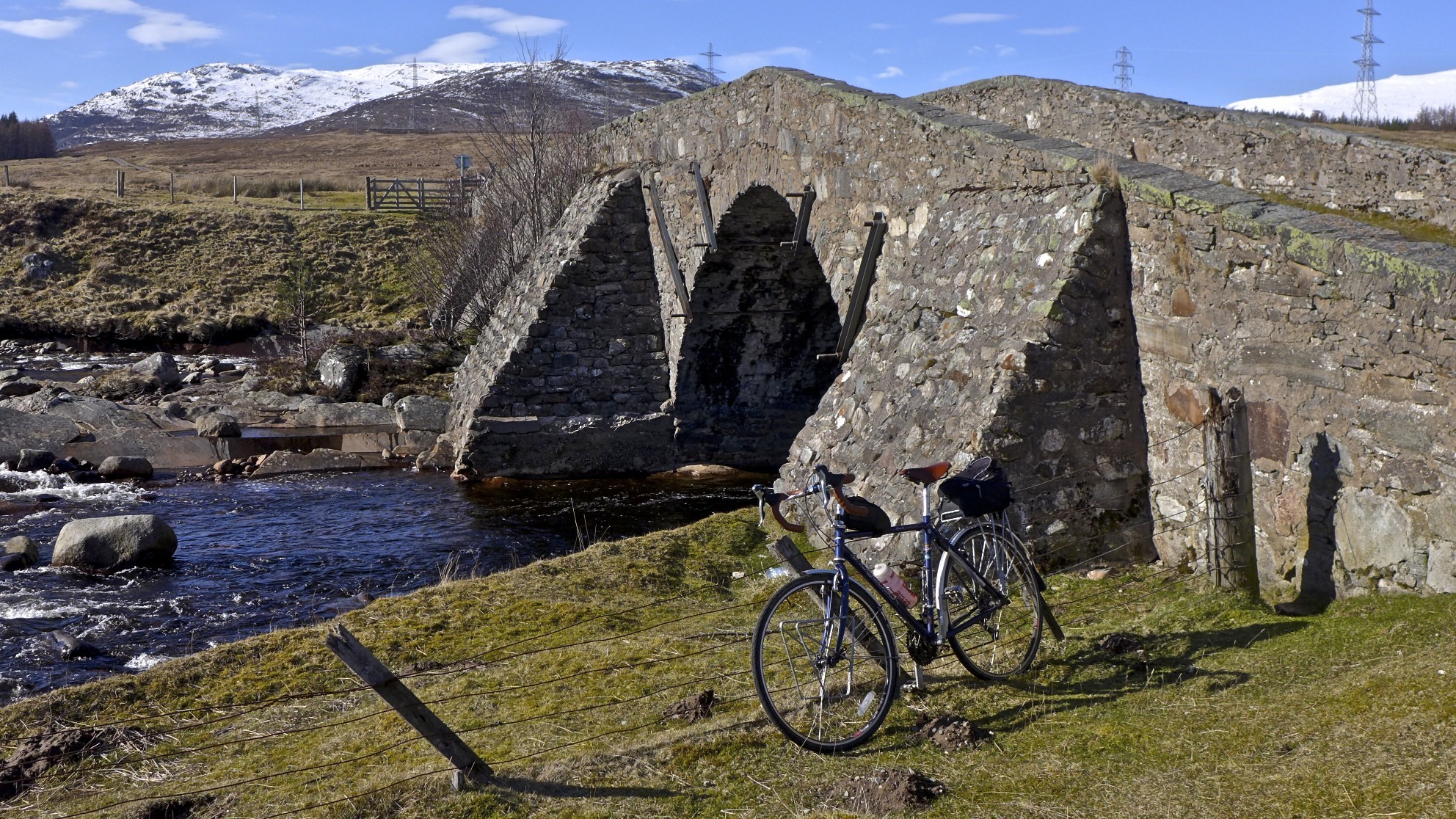One of Scotland’s best known hill-walkers claims plans for a massive electricity substation at the end of a 10-mile line of pylons near a historic Highland bridge would be “nothing less than barbaric”.
Cameron McNeish said he was “horrified” at Scottish Hydro Electric Transmission’s (Shet) plans to build a substation on a 25-acre site near the historic Garva Bridge on the south side of the Corrieyairack Pass.
The Newtonmore-based mountaineer and broadcaster said: “The old Wade built bridge and nearby barracks are of great historical importance.
“To further deface the area with an industrial proposal like this would be nothing less than barbaric.”
The aim of the substation is to provide a 132kv link to connect the proposed Stronelairg windfarm with the recently developed Beauly – Denny 400kv grid line.
And the energy company has notified Highland Council that it plans to apply for planning permission for the development, which would include an access road, on land to the north west of 1 Garvamore, Laggan.
Mr McNeish said: “The latest plan from the power company – made public just a couple of days before Christmas – will completely transform an area of land that is loved by many, an area that lies only metres from the boundary of the Cairngorm National Park.”
And he pointed out that windfarms also required infrastructure, which compounded the effects of such developments on the landscape.
He said: “Blinkered supporters of renewable energy often seem to forget that new power sources will need new methods of carrying all that new power, so we are likely to see, not only windfarms and bulldozed roads in otherwise wild areas of Scotland, but more lines of electricity pylons too.
“The power companies currently claim that the cost of burying the cables underground, out of sight, would be too prohibitive, but appear to have enough spare cash to tempt local communities into supporting their plans with enormous amounts of money.”
Councillor Gregor Rimmell, Badenoch and Strathspey, said he had been shocked by the size of the proposed substation, which he described as “immense”.
He said: “The problem is that, when permission is given for a windfarm, no consideration is given to how it will be connected to the grid.
“And yet, when the windfarm is built, the developer has a legal right to connection so the energy company has the weight of the law on its side when it applies for planning consent to connect.”
A Shet spokesman pointed out that the company was legally obliged to provide developers with connections to the National Grid.
